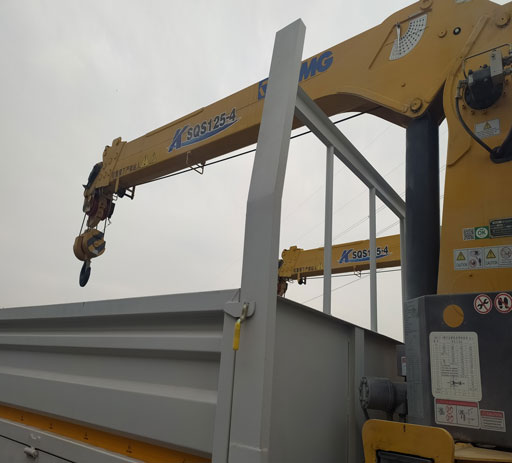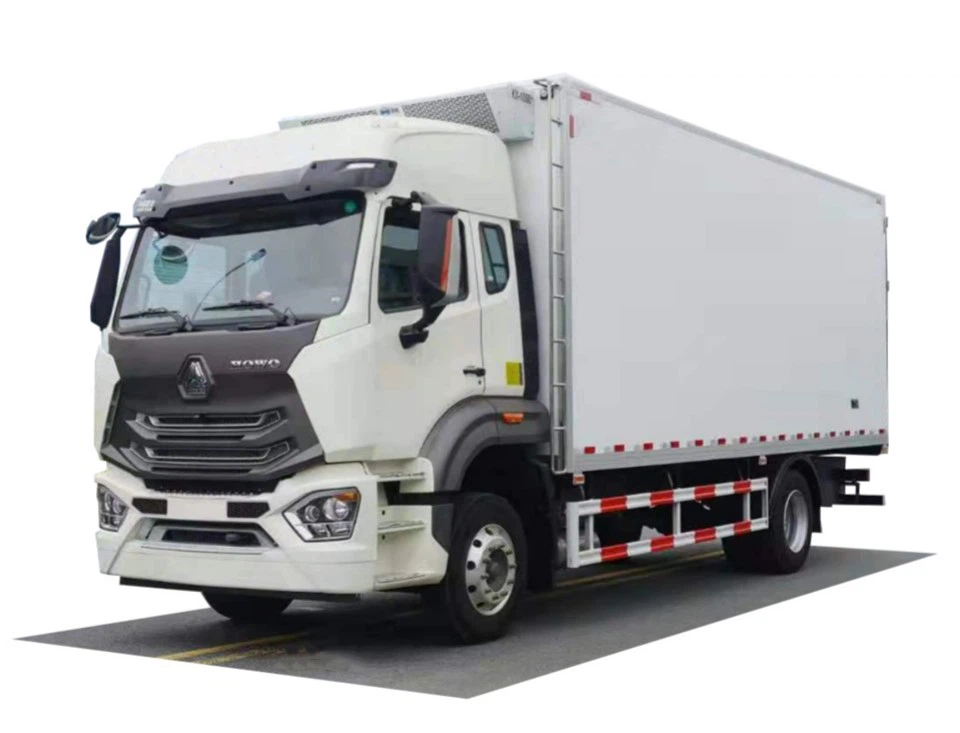Rescue Tools and Equipment: Essential Items for Emergency Situations

When emergencies strike, having the right rescue tools and equipment can make all the difference in saving lives. Whether it’s for firefighters, paramedics, search and rescue teams, or everyday citizens, being prepared with the right gear is crucial. In this article, we will explore the various types of rescue tools and equipment available, their uses, and tips for effective implementation in emergency scenarios.
Understanding Rescue Tools and Equipment
Rescue tools and equipment encompass a broad range of items designed to help individuals safely and effectively extract, transport, and provide assistance to those in need during emergencies. These tools can vary from basic items useful for first responders to specialized equipment for complex rescues.
Categories of Rescue Tools
Rescue tools can be categorized based on their functionality and application:
- Medical Equipment: Tools that assist in providing first aid and medical care.
- Extraction Tools: Equipment designed to safely extract individuals from hazardous environments.
- Protection Gear: Personal protective equipment (PPE) that ensures the safety of rescuers.
- Communication Devices: Tools that facilitate effective communication during rescues.
- Lighting and Visual Aids: Equipment that improves visibility and aids in operations during low-light conditions.
Essential Rescue Equipment Overview
Medical Equipment
First aid kits are an essential part of any rescue operation. These kits should be stocked with basic supplies, including:
First Aid Kit Contents
| Item | Quantity |
|---|---|
| Bandaids of various sizes | 20 |
| Gauze pads | 10 |
| Adhesive tape | 2 rolls |
| Antiseptic wipes | 10 |
| Scissors | 1 |
| Emergency blanket | 2 |
Extraction Tools
Extraction tools are crucial for safely removing individuals from vehicles or hazardous areas. Important tools include:
- Hydraulic Rescue Tools: These include the “Jaws of Life,” which can cut through metal and safely extricate crash victims.
- Spreader Tools: Used to pry open doors or separate obstructions.
- Ropes and Harnesses: Essential for vertical rescues in mountains or urban environments.
Protection Gear
Safety is paramount during any rescue operation. Rescuers must equip themselves with proper PPE, including:
- Helmets: Protect against falling debris.
- Gloves: Provide grip and protect hands.
- Protective Vests: Ensure visibility and safety from traffic.
- Boots: Suitable for rugged terrain.
Communication Devices
Effective communication can improve response times and coordination. Key devices include:
- Two-way Radios: Allow teams to communicate over long distances.
- Mobile Phones: Essential for calling for backup or medical assistance.
- GPS Devices: Help track locations and coordinate efforts.
Lighting and Visual Aids
During night or low-light conditions, visibility becomes a critical concern. Essential lighting equipment includes:
- Flashlights: Handheld devices for local illumination.
- Headlamps: Keep hands free while providing light.
- Signal Flares: Useful for marking locations or signaling help.
Choosing the Right Rescue Equipment
With a plethora of options available, selecting the right tools and equipment can be overwhelming. Here are some key considerations:
Assessment of Needs
Evaluate the types of emergencies you are likely to encounter. This assessment will inform your choices regarding equipment. For example, if operating in a flood zone, water-rescue equipment becomes crucial.
Quality vs. Cost
Investing in high-quality equipment may be more economical in the long run. Cheaper items may break during critical moments, whereas durable equipment ensures reliability.
Regular Training
Ensure that all users are trained on how to use the equipment effectively. Regular drills can help familiarize volunteers and staff with tools and ensures they can operate them when necessary.
Practical Examples and Tips for Efficient Use
Performing a Rescue with Basic Tools
Here’s a scenario illustrating the use of basic rescue equipment:
Imagine a car accident involving an overturned vehicle. Rescuers arrive with:
- Hydraulic Jacks: To stabilize the vehicle.
- Jaws of Life: To cut the door and free the trapped occupant.
- First Aid Kit: To administer immediate medical assistance.
By utilizing these tools in a coordinated effort, the rescuer can effectively extract and treat the injured individual.
Tips for Organizing Equipment
Efficient organization of rescue equipment can save time during emergencies:
- Use colored labels for easy identification.
- Create a checklist of essential tools and ensure they are regularly stocked.
- Store equipment in a designated area where it can be easily accessed during emergencies.
Maintenance of Rescue Tools
Regular maintenance checks of tools ensure they remain functional. Here’s a simple maintenance schedule:
- Weekly: Inspect and clean all tools.
- Monthly: Test electronic devices and batteries.
- Quarterly: Replace expired items in first aid kits.

Rescue Equipment Training and Certification
Importance of Training Programs
Effective training programs ensure that rescuers are familiar with the tools and techniques necessary for various emergencies. These programs can be essential for:
- Improving skills and knowledge of using rescue equipment.
- Understanding safety protocols and processes.
- Practicing rescue scenarios to build confidence and teamwork.
Certification Courses
Consider enrolling staff or volunteers in certification courses. This can enhance their knowledge and increase the efficiency of rescue operations. Popular certifications include:
- First Aid and CPR: Provides essential life-saving skills.
- Advanced Rope Rescue: Teaches safe rescue techniques in vertical environments.
- Heavy Equipment Operation: Focuses on using specialized machinery during rescue missions.
Future Trends in Rescue Tools and Equipment
As technology advances, the landscape of rescue tools and equipment continues to evolve. Here are some trends on the horizon:
Technological Innovations

Advancements such as drones and robotics are becoming increasingly popular in rescue operations, offering:
- Drones: Used for aerial surveys and locating missing persons.
- Robotic Tools: Can help with heavy lifting and precise extraction in hazardous situations.
Smart Rescue Equipment
Integration of IoT technology can improve monitoring and management of rescue equipment. With smart tools, rescuers can:
- Receive alerts for equipment maintenance.
- Track tools and inventory in real-time.

FAQs on Rescue Tools and Equipment
What essential items should be in a personal first aid kit?
A personal first aid kit should include bandages, antiseptic wipes, adhesive tape, gauze pads, scissors, gloves, and an emergency blanket.
How do I choose the right rescue tools for my organization?
Assess the types of emergencies you are likely to face, prioritize quality over cost, and ensure that team members are trained in equipment use.
What safety gear is necessary for first responders?
First responders should wear helmets, protective vests, gloves, safety goggles, and sturdy boots to ensure their safety during rescue missions.
How can technology improve rescue operations?
Technology can help with better communication, monitoring, and data collection during rescues, as well as introducing advanced tools such as drones and robotic assistance.
Is training necessary for using rescue equipment?
Yes, training is vital to ensure users understand how to operate equipment effectively and safely, thereby increasing the chances of successful rescue missions.
What is the maintenance required for rescue tools?
Regular cleaning, inspection, and timely replacement of expired items are essential maintenance practices to ensure rescue tools are functional when needed.
